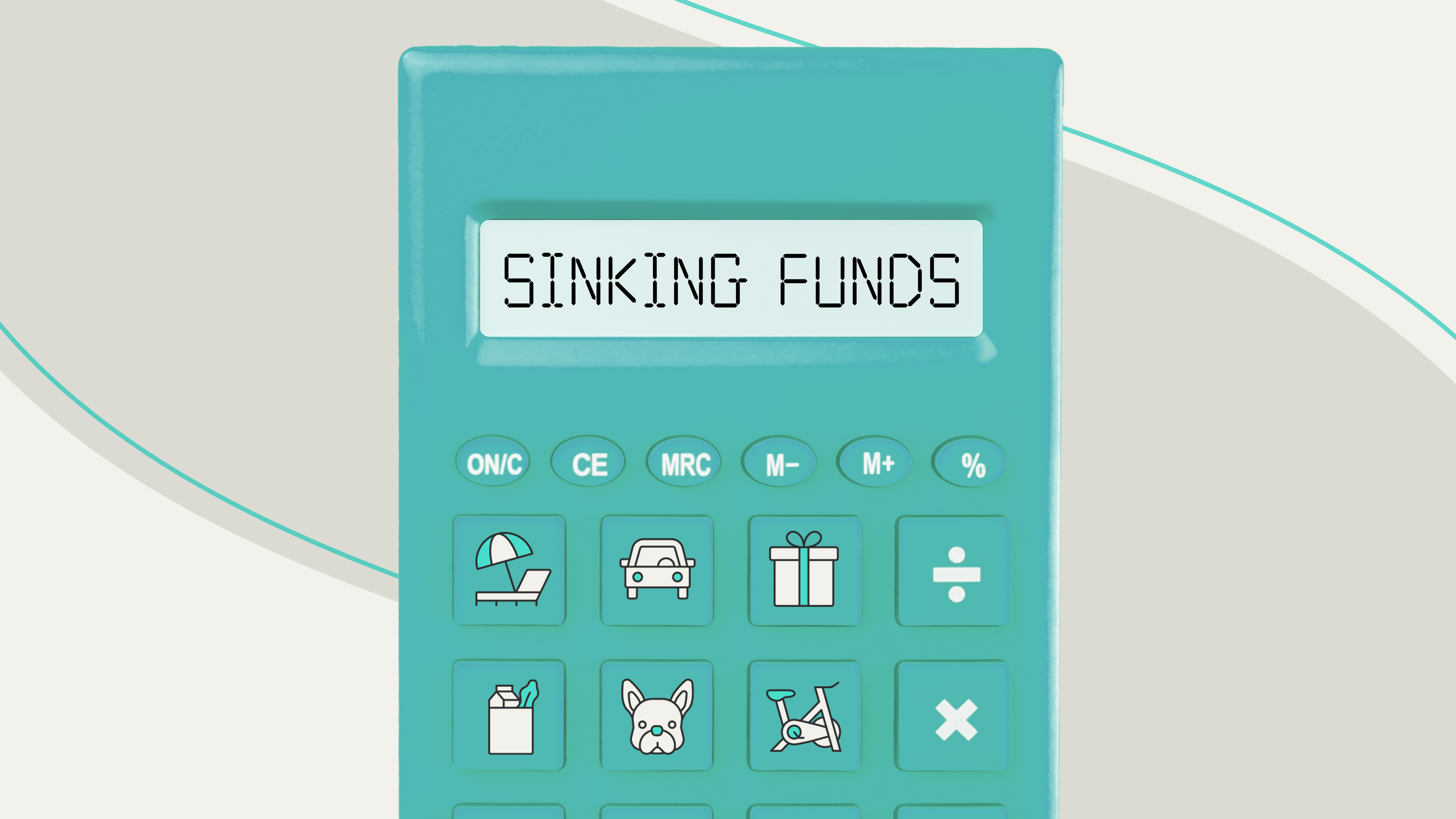An emergency fund is your savings BFF when an unexpected expense pops up. For planned expenses, there’s a sinking fund.
What's a sinking fund?
Basically, the savings-account opposite of an emergency fund. Instead of withdrawing money for surprise bills, sinking funds are where you set aside cash for anticipated expenses that don’t fit nicely in your regular monthly budget. That way you won’t have to dip into savings meant for something else (like emergencies or a big goal, like a home down payment) or charge it to your credit card when it's time to pay up.
I need sinking fund examples, please.
Quarterly insurance premiums, an upcoming medical procedure, gifts, new tires, your dog’s yearly checkup, back-to-school outfits for your kids...you get the idea. Think about the types of expenses that usually throw you off your budgeting game — even though they shouldn't. Because they aren't surprises — they're just irregular. Those are perfect candidates for sinking funds. You can have as many sinking funds as you want, as long as they fit your budget.
How do I start a sinking fund?
Option 1: make savings a habit. Estimate how much you need to save, and divide that by the number of months until it's time to pay. Example: if you usually spend $500 on holiday gifts, start putting away about $50 a month in January. Option 2: add "windfall" cash to your sinking fund. Like tax refunds, bonuses, birthday checks, and dividend payments from your investments. (Psst...combine both options for max success.)
Pro tip: Give your sinking fund a name. Research shows nicknaming your savings — think: Uncle Sam's Money, Going OOO, Other People's Celebrations — helps you stay on track by making your goals feel real and more attainable.
Related: How to Save More Money, Faster
Where do I keep my sinking fund?
Like your emergency savings, sinking funds should be readily accessible and separate from your checking account. A high-yield bank account (vs. checking) is usually the winner, so you can earn some extra interest while you save. You might even want to set up a separate account for each sinking fund to stay organized.
theSkimm
Sinking accounts can help keep your budget afloat. So think ahead and start saving early. Then cheer for yourself when the bill’s due and you’re like ‘I got this.'
Subscribe to Skimm Money
Your source for the biggest financial headlines and trends, and how they affect your wallet.
